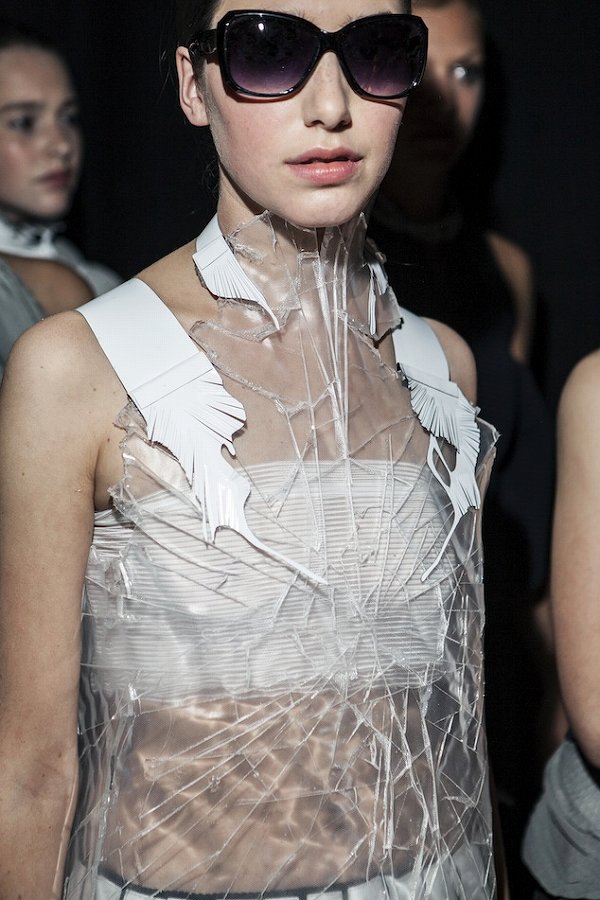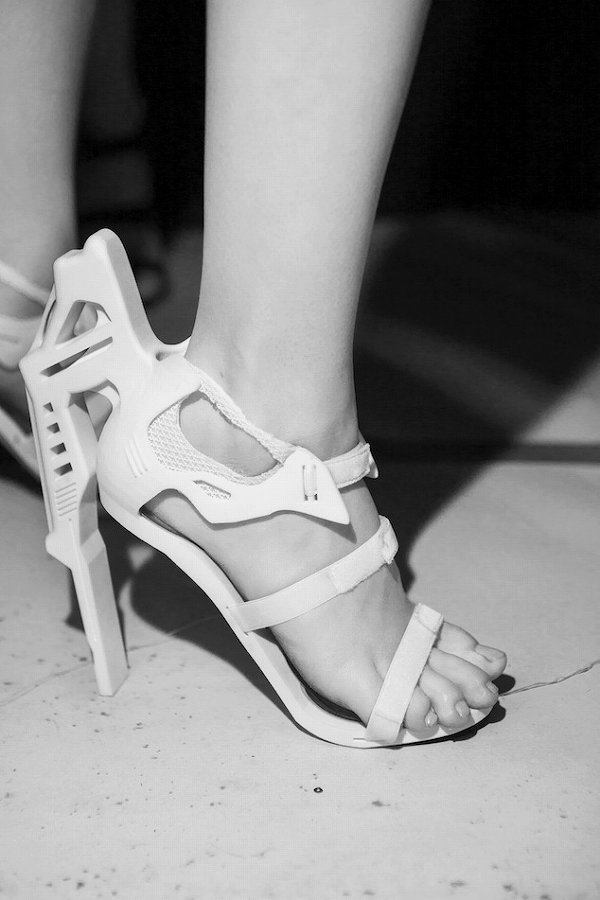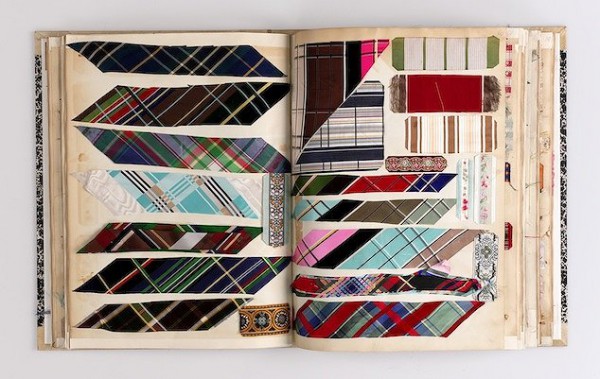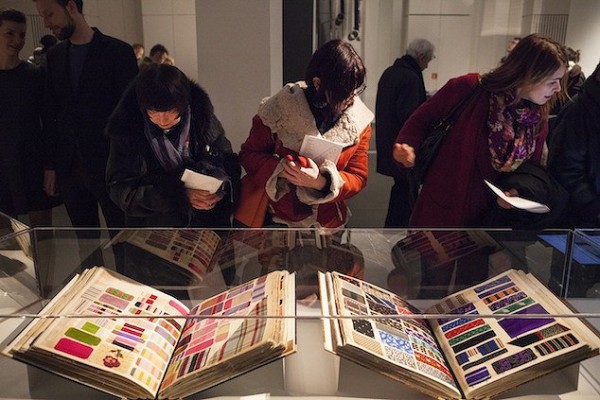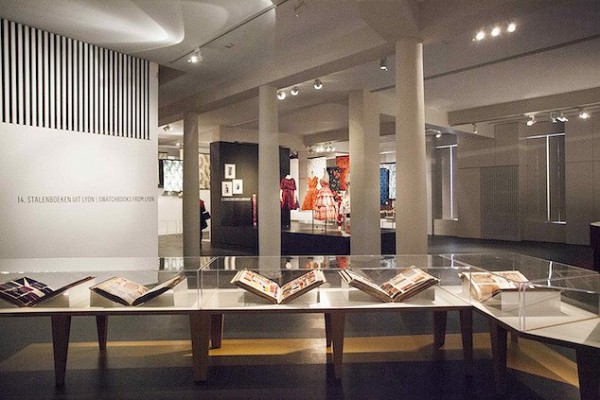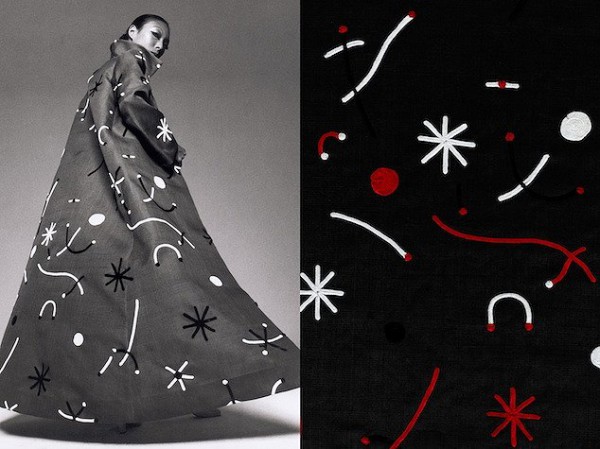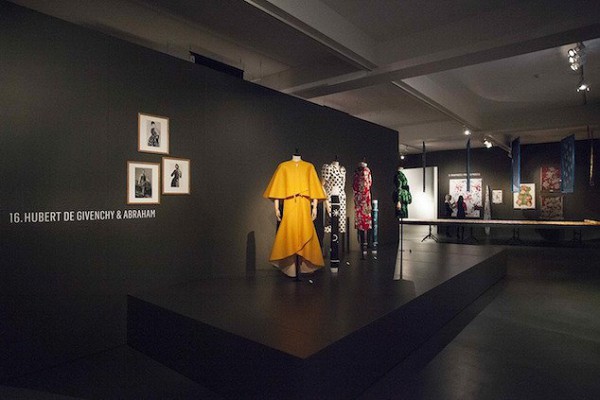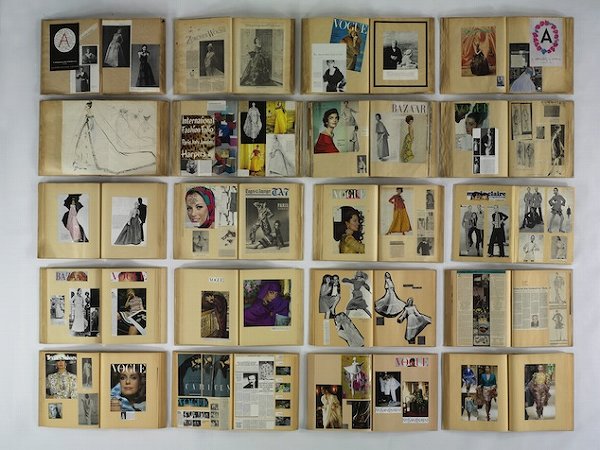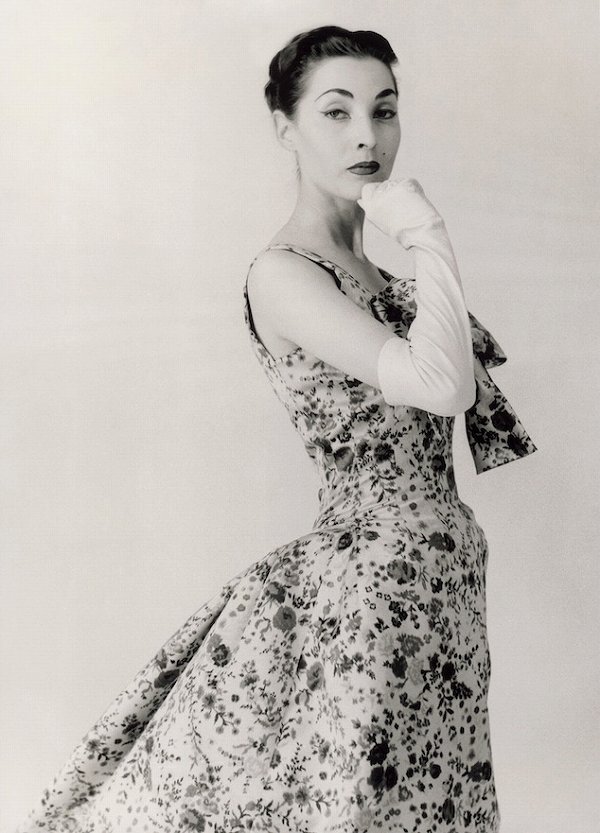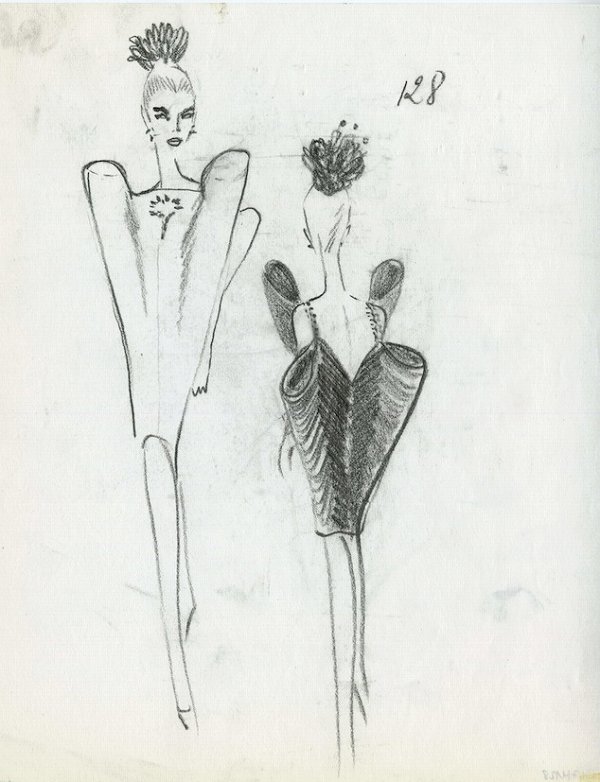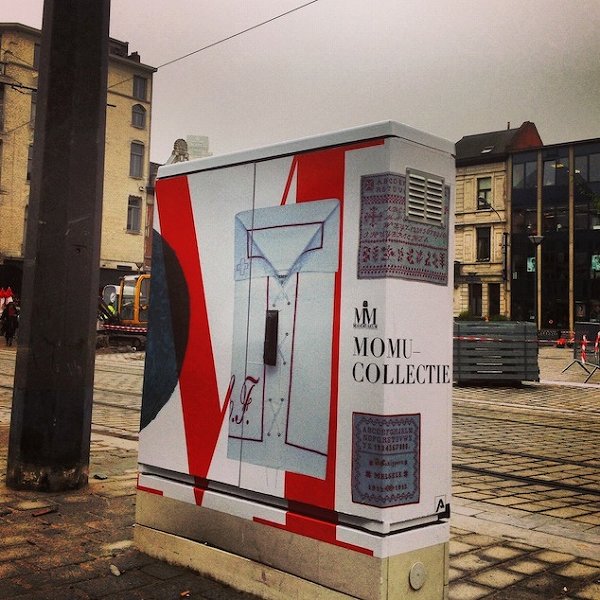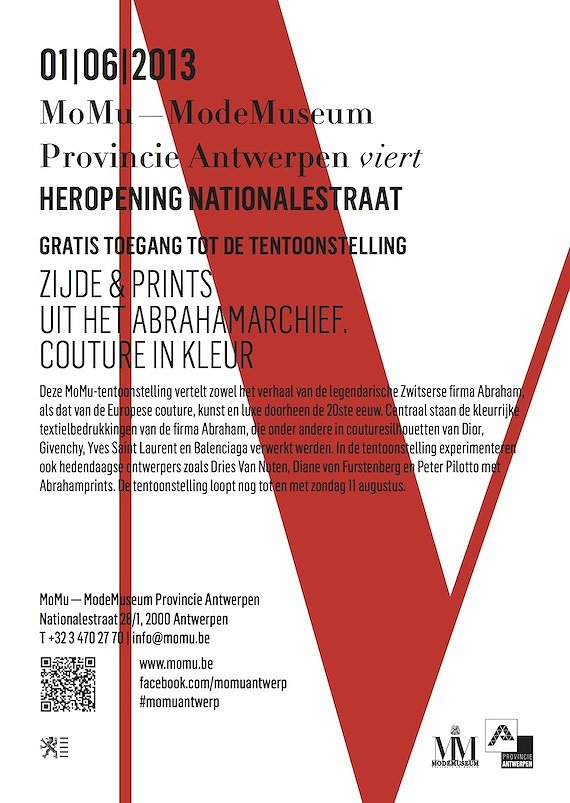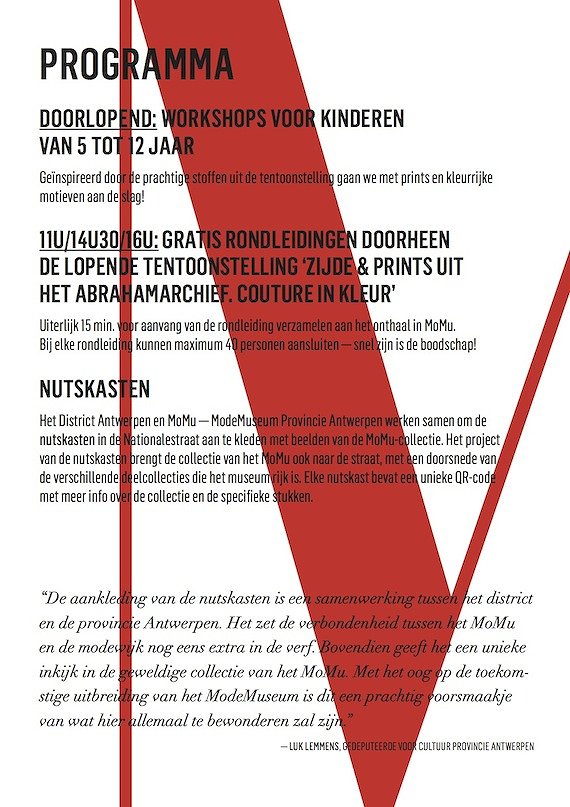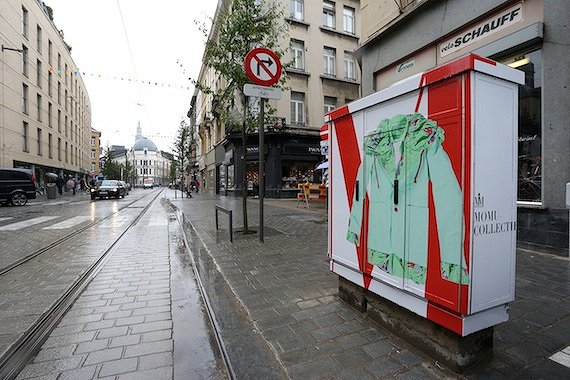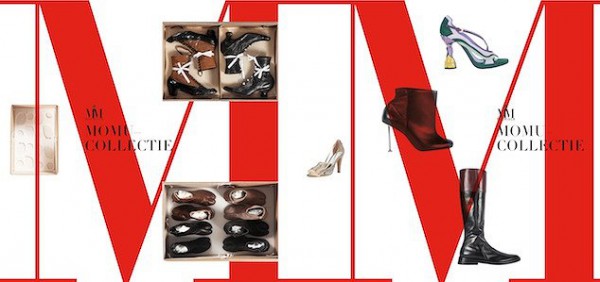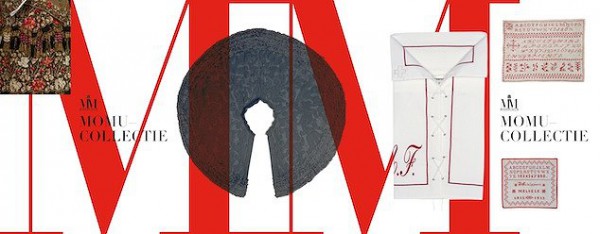 It’s that time of the year of the Fashion Department’s graduation shows!
It’s that time of the year of the Fashion Department’s graduation shows!
Until June 16th you still have the opportunity to admire the dress shape studies by the 1st Bachelor students (2012) from the Antwerp Fashion Department at MoMu Gallery.
The freshman year is composed around 3 principle artistic subjects. The most important course is ‚Äėfashion design‚Äô. The other two principle courses are ‚Äėgraphic design‚Äô and ‚Äėtailoring/pattern design‚Äô.
For their first assignment in fashion design, students are required to produce a study of a skirt, which is subsequently executed in the ‚Äėcoupe‚Äô, or tailoring course. Their second assignment is the study and creation of a dress, which is produced in coloured poplin (a quality of cotton). the treatment and the various processes (pleating, folding, wrinkling, etc.) of the material, react according to the specific selection of fabric.
The design phase deals with the basic elements of the design process: line, form and volume, proportions, balance and rhythm, handling the material, movement, and the body in relation to design. In this assignment, the study of the sleeve, sometimes in combination with the collar, is particularly crucial. The emphasis usually lies on the dress as a form of apparel in relation to the body, rather than the dress as an object in itself.
For the student, conducting research is a very important part of developing his or her concept. students are first encouraged to study historical and ethnic designs. These pave the way to interesting studies of form, which will later prove essential in their future design trajectory.
The expo ‚ÄėVARIATIONS ‚Äď Shape study of a dress‚Äė is free.
 The Abraham Archive also houses 2,600 fashion plates. These tell us not only which couturiers worked with Abraham fabrics, but also what they did with them. What the plates also illustrate is how fashion photography, images of women, and ideals of beauty changed over the years.
The Abraham Archive also houses 2,600 fashion plates. These tell us not only which couturiers worked with Abraham fabrics, but also what they did with them. What the plates also illustrate is how fashion photography, images of women, and ideals of beauty changed over the years.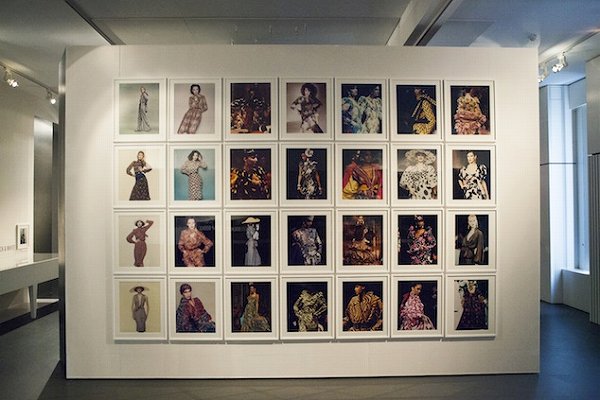 The collection begins with black-and-white plates showing the extremely elegant models of the 1940s and 1950s and ends with the catwalk photos of the 1980s and 1990s. Among the photographers are the brothers Jean and Tom Kublin, Gian Paolo Barbieri, Willy Maywald, Andr√© Ostier‚ÄďHeil, and Victor Scocozza.
The collection begins with black-and-white plates showing the extremely elegant models of the 1940s and 1950s and ends with the catwalk photos of the 1980s and 1990s. Among the photographers are the brothers Jean and Tom Kublin, Gian Paolo Barbieri, Willy Maywald, Andr√© Ostier‚ÄďHeil, and Victor Scocozza.



